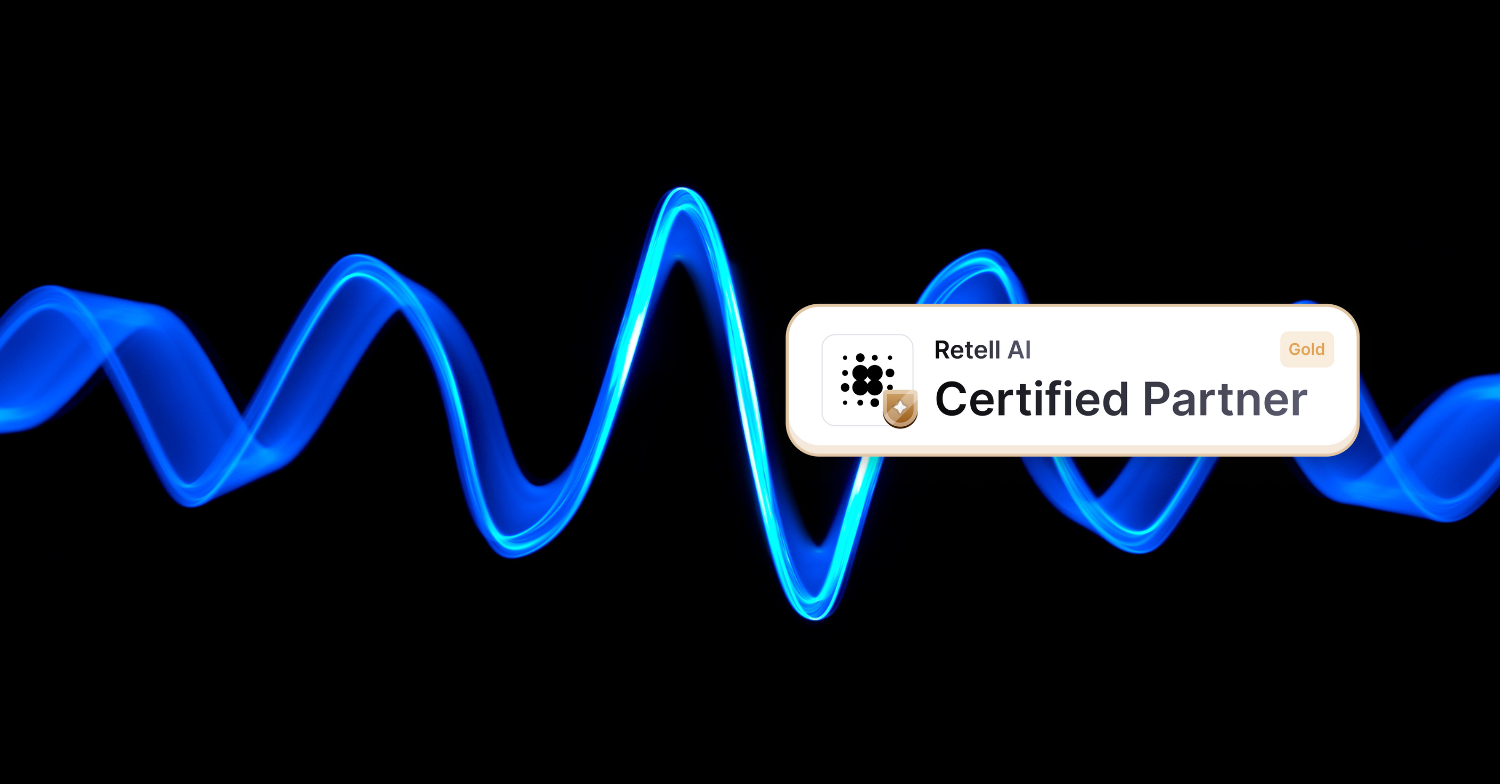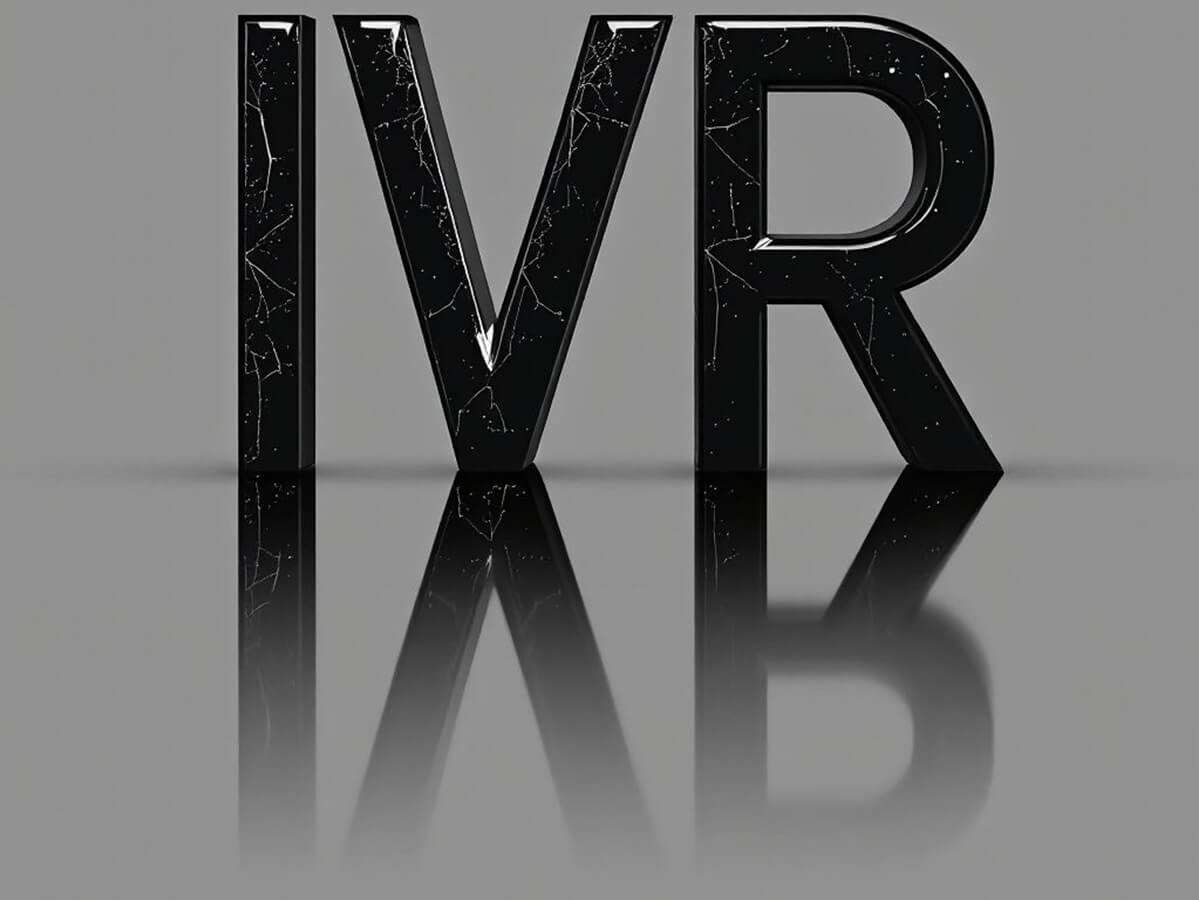In the digital age, consumers interact with brands through multiple channels. From phone calls to social media, omnichannel contact centers have emerged as a key solution to improve customer experience and optimize internal operations.
This post will explore what an omnichannel contact center is, its features, benefits, differences with the multichannel model, and how VoIPstudio can help facilitate this transition.
What is an Omnichannel Contact Center?
An omnichannel contact center is a customer service infrastructure that allows agents to manage interactions across multiple communication channels from a single integrated platform. It includes traditional channels such as phone and email and newer digital channels such as online chat, social media, and instant messaging applications.
The main goal of omnichannel is to deliver a seamless and consistent customer experience, regardless of the channel they choose to interact with the company. The omnichannel approach allows customers to switch channels during their interaction without losing continuity in communication or repeating information.
Differences with a Multichannel Contact Center
Although the terms “omnichannel” and “multichannel” are often used interchangeably, there are critical differences between these two approaches:
- Channel Integration: In a multichannel contact center, communication channels operate independently. It means that a customer’s interactions in one channel are not necessarily connected to their interactions in another. In contrast, an omnichannel approach integrates all channels into a single platform, providing a more consistent experience.
- Customer Experience: The customer experience in a multichannel environment can be inconsistent, as each channel operates in isolation. In an omni-channel environment, the experience is uniform and seamless, regardless of the channel used.
- Operational Efficiency: Omnichannel contact centers tend to be more efficient because agents have access to all relevant information from a single interface, which reduces handling times and improves productivity.
Previously, we talked about evolving a multichannel contact center into an omnichannel one.
Characteristics of an Omnichannel Contact Center
To better understand the value of an omnichannel contact center, it is essential to detail its main characteristics:
Integration of Communication Channels
All digital or traditional channels are integrated into a single platform. An agent can see all past customer interactions, regardless of the channel used.
Unified Customer View
An omnichannel approach provides agents with a complete, unified view of the customer, including their interaction history, preferences, and behaviors. This enables more personalized and efficient service.
Automation
Chatbots and interactive voice response (IVR) systems allow customers to solve simple problems independently, while agents focus on more complex cases.
Intelligent Call Routing and Messaging
Omnichannel platforms use advanced technologies to route customer queries to the most appropriate agent, improving service efficiency.
Real-Time Analytics and Reporting
Omnichannel contact centers can use analytics tools to monitor agent performance, customer satisfaction, and other KPIs in real-time.
Benefits of an Omnichannel Contact Center
Adopting an omnichannel contact center brings numerous benefits, from improved customer experience to resource optimization.
Expert advice
Implementing omnichannel will improve the customer experience and optimize your operations. It’s time to gain a competitive advantage in an increasingly demanding marketplace.
Here are some of the key benefits:
Improved Customer Experience
An omnichannel approach enables more seamless and personalized interactions:
- Seamless Interaction: Customers don’t have to repeat their issue if they switch channels (e.g., from chat to phone call).
- Personalization: Agents have access to historical customer data, enabling personalized attention.
Increased Operational Efficiency
By centralizing information and communication channels, a more efficient management of interactions is achieved:
- Reduced Management Time: Agents can quickly resolve queries by having all information on a single platform.
- Improved Agent Productivity: Agents can handle multiple queries from different channels from a single dashboard.
Increased Customer Retention
Consistent, high-quality service improves customer retention:
- Improved Customer Satisfaction: A more consistent and frictionless experience leads to higher customer satisfaction and loyalty.
- Reduced Attrition Rate: Satisfied customers are less likely to switch suppliers.
Resource Optimization and Cost Reduction
Automation and channel integration facilitate more efficient use of resources:
- Process Automation: Automating repetitive tasks allows agents to focus on more complex, higher-value interactions.
- Reduced Operational Costs: Integrating all channels into a single platform reduces the need for multiple systems and associated costs.
Best Practices for Implementing an Omnichannel Contact Center
Adopting an omnichannel approach in your contact center requires careful planning and strategic implementation. Here are some best practices for a successful transition:
Customer Needs Assessment
Before implementing any tool or platform, it is critical to understand your customers’ needs and preferences. Conduct post-call surveys, analyze data from previous interactions, and segment your customers to tailor communication channels to their preferences.
Selecting Appropriate Channels
Not all channels are equally effective for all businesses. Prioritize the communication channels that are most relevant to your customer base. It could include:
- Traditional Channels: Phone and email.
- Digital Channels: Online chat, social media, instant messaging.
Agent Training and Education
Train your agents to handle multiple channels effectively. It includes:
- Multitasking Skills: Agents must be able to manage multiple conversations simultaneously.
- Product and Service Knowledge: Ongoing coaching of your agents to manage complex queries on any channel.
Efficient Technology Integration
Ensure that all your technology tools and platforms are seamlessly integrated. It involves:
- CRM platforms: Integration with CRM systems for a unified view of the customer.
- Communication Systems: Use a platform that unifies voice, video, and text in one place.
Continuous Monitoring and Analysis
Use analytics tools to monitor contact center performance and customer satisfaction. Implement continuous improvements based on the following:
- Key KPIs: Essential call metrics such as average handling time, first call resolution rate, or customer satisfaction.
- Customer Feedback: Periodic review of comments and suggestions to adjust and improve the customer experience.
Repetitive Task Automation
Implement automation to reduce agent workload and improve your call center workflows. It may include:
- Chatbots and Automated Answers: for frequent and low-value queries.
- Intelligent Call and Message Routing: Ensure queries are routed to the most appropriate agent.
VoIPstudio Advantages on the Road to Omni-Channel
At VoIPstudio, transitioning to an omnichannel contact center can seem tedious, but we’re here to make it easier. Our advanced VoIP platform offers several features that facilitate the transition.
With a focus on ease of use, scalability, and integration capabilities, VoIPstudio is ideal for businesses of all sizes looking to improve their contact center operations.
Integrates Phone Calls with Other Communication Channels
VoIPstudio integrates with omnichannel platforms such as Zendesk, Zoho, or HubSpot to add telephony functionality to contact center communication channels. We will briefly see the main advantages of this integration with each of these platforms:
1. VoIPstudio integration with Zendesk
- Easy Integration: VoIPstudio offers a VoIPstudio integration manual with Zendesk that can be followed step by step.
- Data Synchronization: You can sync contacts and automatically record calls as tickets or interactions within Zendesk.
- Click-to-Call: Agents can make calls directly from the Zendesk interface with a single click.
Check the benefits of integrating VoIPstudio with Zendesk here.
2. Zoho Integration
- Easy Integration: See our integration manual on how VoIPstudio connects with Zoho CRM to add telephony features.
- Automatic Logs: Incoming and outgoing calls are automatically logged in Zoho, keeping a history of communications.
- Real-Time Notifications: Agents receive instant notifications of incoming calls within Zoho CRM.
3. HubSpot Integration
- Easy Integration: VoIPstudio can be integrated with HubSpot easily by following our integration manual.
- Unified Contact Management: Contact synchronization and automatic call logging allow agents to see the complete history of a customer’s interactions.
- Task Automation: Set up automation to follow up with specific workflows after calls, such as sending follow-up emails or updating customer information.
Integration with Other Omnichannel Tools
VoIPstudio allows integration with other tools (voice, chat, video, and other channel tools), on a single platform. It ensures that agents have all their customer information at their fingertips.
Intuitive Interface
With an easy-to-use interface, agents can effortlessly handle multiple interactions from different channels, improving efficiency and reducing errors.
Automation and Intelligent Routing
Our platform supports task automation and intelligent call routing, ensuring customers are directed to the most appropriate agent based on their needs.
Real-Time Analytics and Reporting
VoIPstudio offers analytics and reporting functionality that allows supervisors to monitor real-time performance, identify areas for improvement, and make data-driven decisions.
Scalability and Flexibility
As your business grows, VoIPstudio allows you to add new agents immediately. If you no longer need them, you can remove them so you don’t have to pay for resources you don’t use.
Cost Reduction
Businesses can significantly reduce operational and maintenance costs by unifying all channels on a single cloud-based platform.
VoIPstudio plans and pricing.
- Free trial:
- 30 days free. No commitment.
- Includes 200 minutes of calls and unlimited users.
- Pay as You Go:
- Cost: From $4.99 per user/month.
- Ideal for companies that make few calls, paying only for the calls made at very competitive rates (from 1p/minute).
- 2000 Plan:
- Cost: $16.99 per user/month.
- Includes 2.000 minutes per month per user for calls to over 45 countries.
- It provides one number per user and access to all of VoIPstudio’s advanced features.
- Enterprise Plan:
- Cost: Customized according to the specific needs of large businesses.
- Ideal for companies that require a large number of users or phone numbers.
Frequently asked questions about omnichannel in contact centers
What is an omnichannel contact center?
An omnichannel contact center is a customer service platform that integrates multiple communication channels (phone, chat, email, social media) into a single interface. It enables a seamless and consistent customer experience.
What are the benefits of an omnichannel contact center?
Benefits include:
- Improved customer experience.
- Increased operational efficiency.
- Reduced response times.
- Customer retention.
- A unified view of all customer interactions.
What is the difference between omnichannel and multichannel?
Omnichannel integrates all communication channels into a single platform to deliver a consistent experience, whereas multichannel uses multiple channels that are not necessarily connected, which can result in fragmented experiences.
What tools are needed to implement an omnichannel contact center?
Unified communications platforms, customer relationship management (CRM) systems, intelligent call routing, data analytics tools, and interaction automation, such as chatbots, are needed.
How can omnichannel improve contact center efficiency?
Omnichannel allows agents to access all customer information from a single platform, reduce call handling times, and provide faster and more accurate responses, improving overall contact center productivity.





